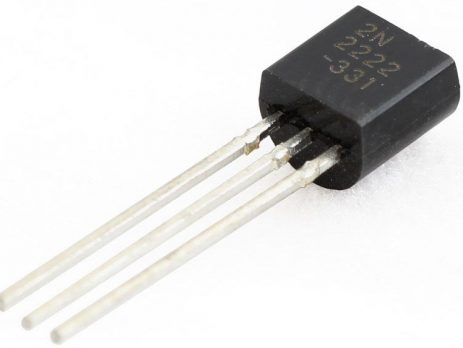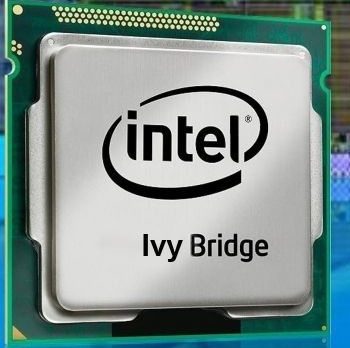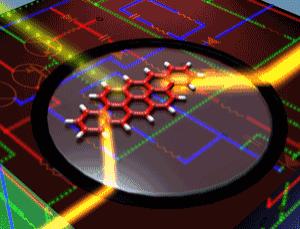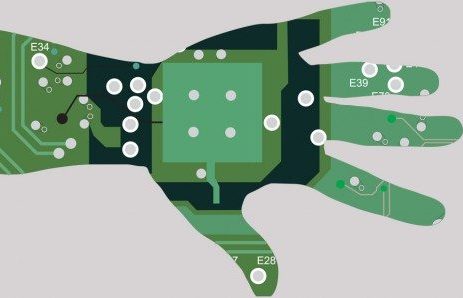Monostable Multivibrator using Transistors
Multivibrator is a non linear oscillator or function generator which can generate square, rectangular and pulse waves. Monostable Multivibrator or One-Shot Multivibrator has only one stable state. By default monostable multivibrator will be in its stable state, but when triggered it will switch to unstable state (quasi-stable state) for a time period determined by the RC time constant in the circuit. Monostable Multivibrator using Transistors - Circuit Diagram Monostable Multivibrator using Transistors - Circuit Diagram In the above circuit diagram we can find two transistors which are...






